How to Be a Better Able-Bodied Passenger and Better Prepared Cabin Crew
This Crisis Medicine course is the missing manual for How to Be a Better Able-Bodied Passenger and Better Prepared Cabin Crew. What can you do to be more useful in an emergency?
As part of his medical director duties for a corporate security team, Dr. Shertz became certified as a Part 135 Corporate Flight Attendant. Unfortunately, the certification course left him with more questions than answers (and a burning desire to open more emergency exits). Our Air Travel Emergencies course is a culmination of his efforts to answer the questions the certification course did not.
Based on medical and technical literature and historic data. Although commercial airline crashes are rare, worldwide a commercial aircraft has an emergency evacuation every 11 days. If you’re a passenger involved in an emergency evacuation, it’s likely the flight crew’s first actual evacuation too, despite their extensive training.
This course covers a multitude of in-flight emergencies beyond just evacuating the plane, such as:
Turbulence & turbulence-related injuries
Smoke & fire in the cabin, which can be devastating in an enclosed metal tube that can’t be vented
How do you manage the evacuation slides? Is there one attached to the emergency exit you’re using? It depends on how hight the exit is. Not all exits have them.
How do you minimize injuries using evacuation slides? Slope and speeds can vary drastically and sticking the landing can be difficult. Does wearing high-heels matter?
Water landings or “ditchings:” Can your seat cushion still be used as a flotation device and does it work? What about the life rafts: Where are the life rafts? What’s in them? How do you operate them? Many are stored in bins overhead in the aisles and weigh more than 70 pounds. Even if there is a bin, is there a life raft in it?
How to best assisting during in-flight medical emergencies. Who’s in charge? What are the most common emergencies? What is your legal risk if you volunteer to provide care?
Using the emergency equipment available on the aircraft: We demonstrate every piece of the equipment, and our Crisis Medicine ARSI Informational Safety card shows you where you might find it on the aircraft.
Things you probably haven’t considered:
Do the lifejackets under your seat actually work? There’s multiple kinds approved by the FAA and their failure rates are massively different. Which kind is under your seat?
What’s in the medical kits on the plane? (There’s both a first aid kit and an emergency medical kit)
What is the best brace position? (It’s not always the one depicted on the safety card.)
AED’s are affected by vibration. Do they actually work on planes? (Hint, there’s at least one major manufacturer’s who doesn’t).
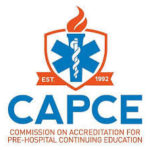
CAPCE Accredited Provider
Of this 7 hour course, 4.5 hours are accredited for 4.5 Basic or Operational CEH by Crisis Medicine, an organization accredited by the Commission on Accreditation for Prehospital Continuing Education.
Students have 6 months from purchase date to complete the course.
You might also find Air Travel by the Numbers to be of interest for factoids from this course.
Course Features
- Lectures 38
- Quizzes 2
- Duration 7 hours
- Skill level All levels
- Language English
- Students 114
- Certificate Yes
- Assessments Yes
- 8 Sections
- 38 Lessons
- 24 Weeks
- Air Travel Emergencies2
- Brace3
- Emergency Evacuations5
- Water Landings8
- In-Flight Emergencies, non-medical5
- Smoke & Fire3
- Medical Emergencies8
- 7.1In-Flight Medical Emergencies: Intro6 Minutes
- 7.2In-Flight Medical Emergencies: Pediatrics5 Minutes
- 7.3In-Flight Medical Emergencies: Medical/First Aid Kits14 Minutes
- 7.4In-Flight Medical Emergencies: Treatment12 Minutes
- 7.5In-Flight Medical Emergencies: Good Samaritan6 Minutes
- 7.6In-Flight Medical Emergencies: Ground Based Medical Support & Diversion15 Minutes
- 7.7In-Flight Medical Emergencies: VTE8 Minutes
- 7.8AED’s (Do they work on planes?)12 Minutes
- Class Closure6
Leave A Reply
You must be logged in to post a comment.

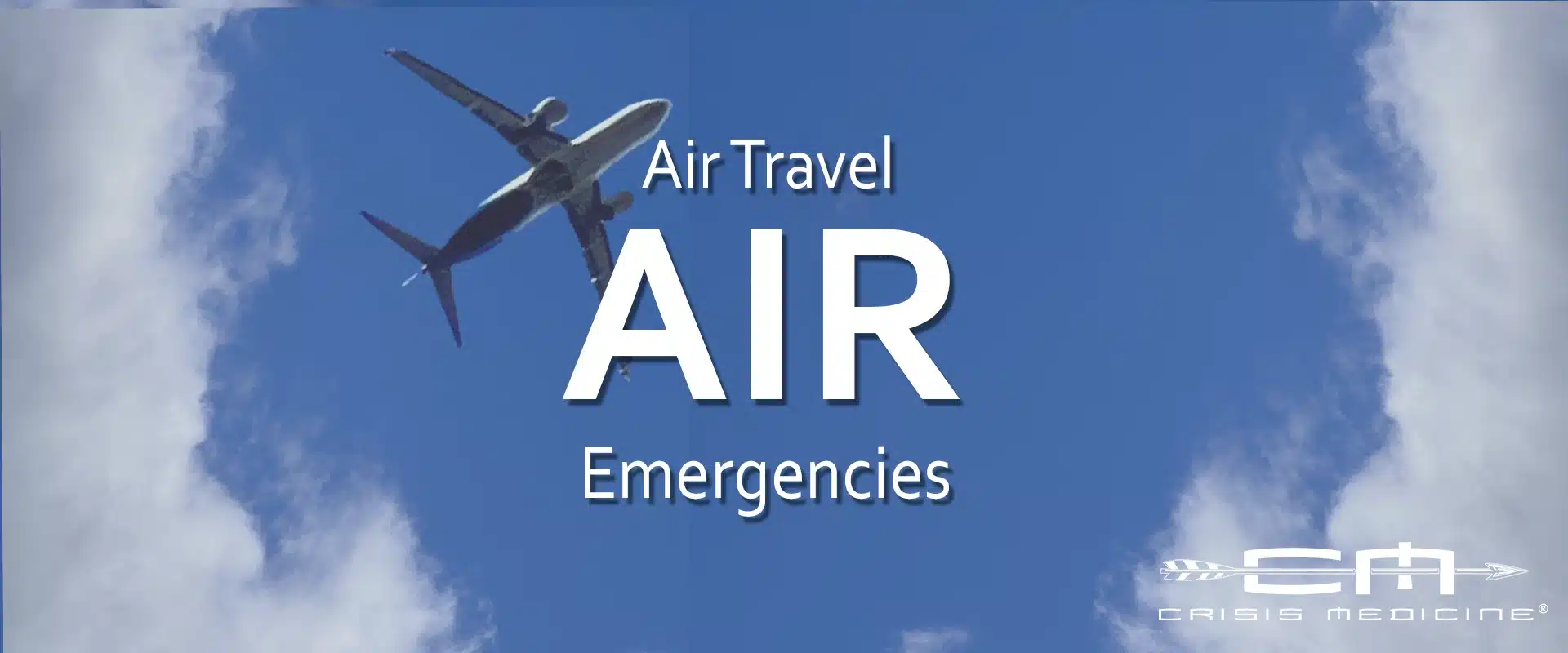
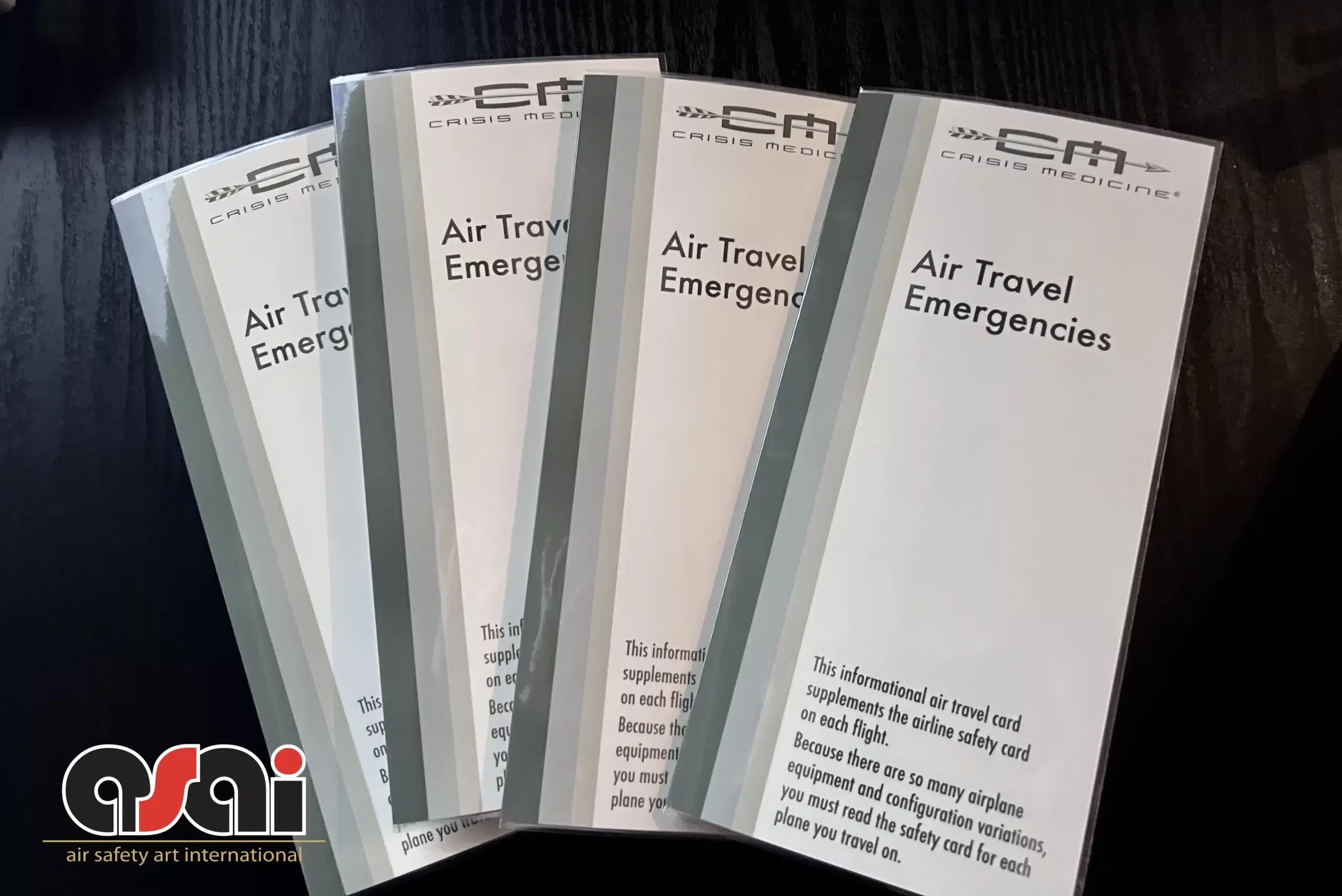

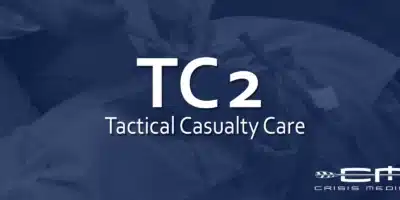
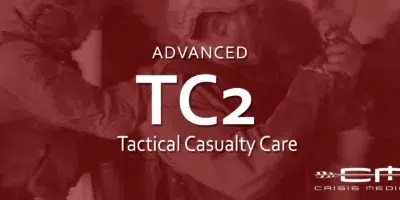
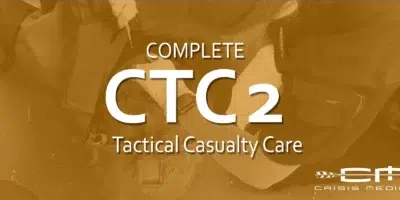
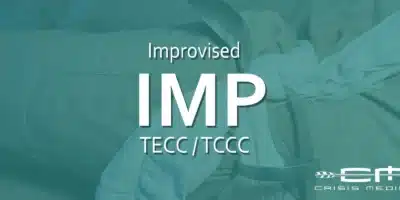
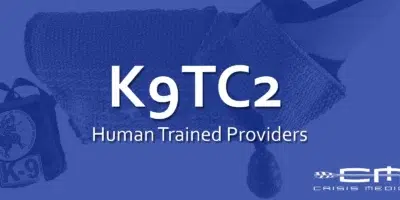
2 Comments
The JAL crash today (Jan 2024) and available video indicates the importance of several issues you mentioned in the first few lectures (that is as far as I have been able complete today). I look forward to continuing the program ASAP.
Tom Watson
Semi-retired Firefighter/Paramedic
Instructor, Texas A&M Engineering Extension Service
As a general aviation corporate pilot and flight attendant/purser for 40 years at one of the major legacy US airlines based in CLT, this is a must attend course if you fly on any airline or use air transportation. This is as close as you can get to the conceptualized hands-on portion of recurrent training flight attendants must attend and pass every year to stay FAA current and goes into details beyond even our training.
This class is an in-depth, well researched and comprehensive curriculum. Covering a barrage of emergencies that have actually occurred in all stages of flight operations from taxi, take off, in-flight and landing.
This course covers everything, from brace positions, what works best when preparing for an emergency landing; evacuating an airplane on land and in water in planned and unplanned emergencies. The 30 second review flight attendants use as you’re taking off or coming in for a landing. Fighting different classes of fire and the equipment to use or not use. Then relevant medical emergencies and much, much more.
The worst time to prepare for anything unexpected is when it’s happening. This course will help you get your mind in the right place during all stages of flight ops, giving you a step-up to react accordingly. The more you know and rehearse your actions the better your chances for a positive outcome in mitigating an emergency.
The bottom line. When your number is called…..how will you respond? Will you know what to do and how to do it, in an austere environment ?
Buckle up,
Anthony Shimkonis
Wilmington, NC